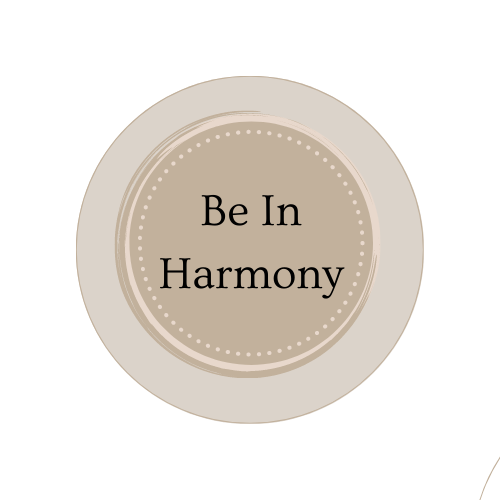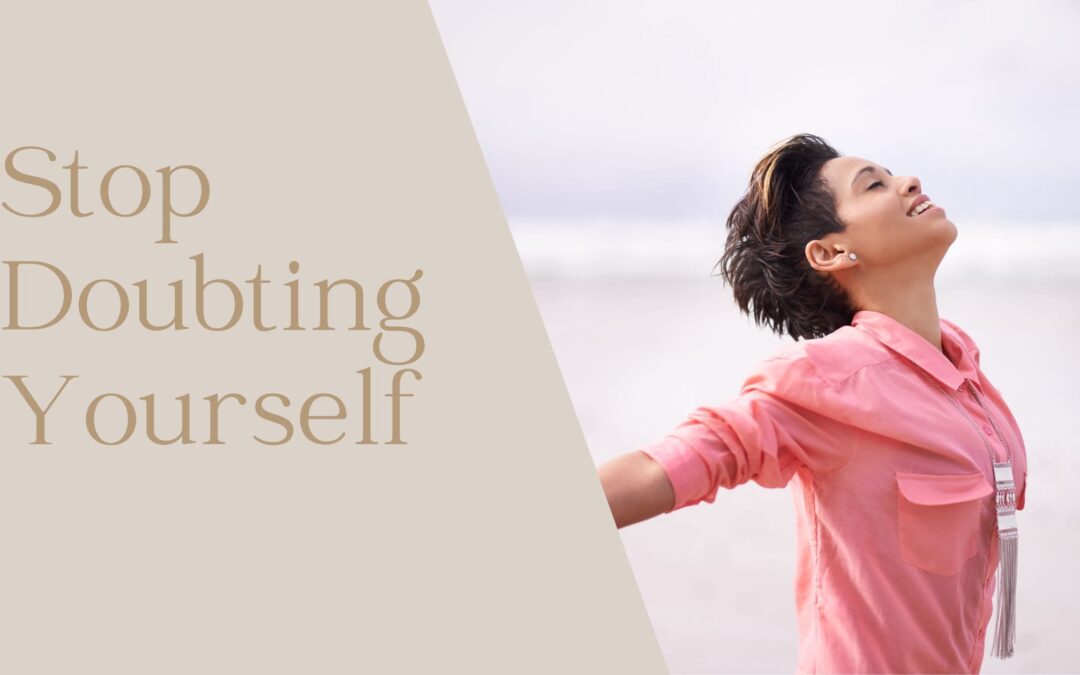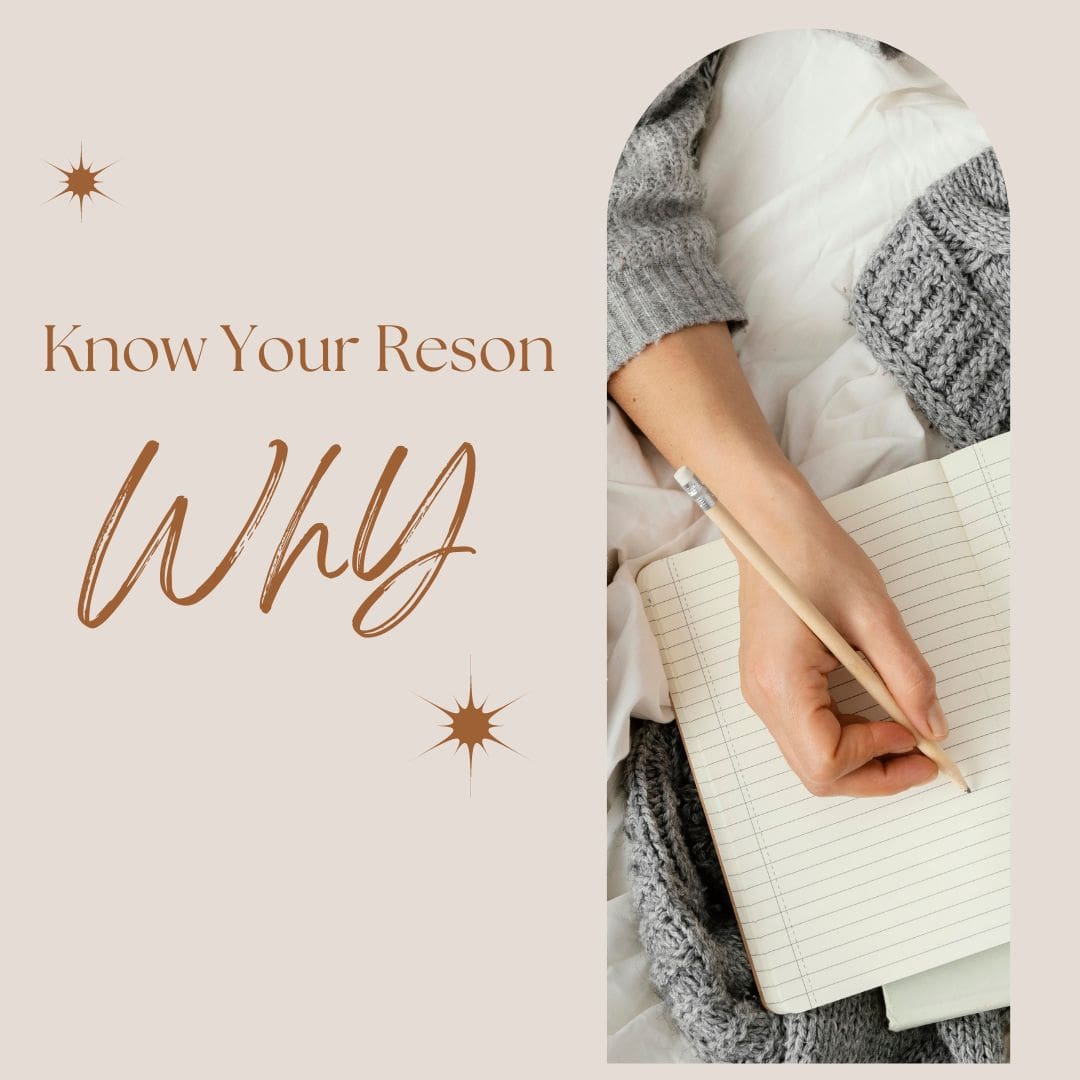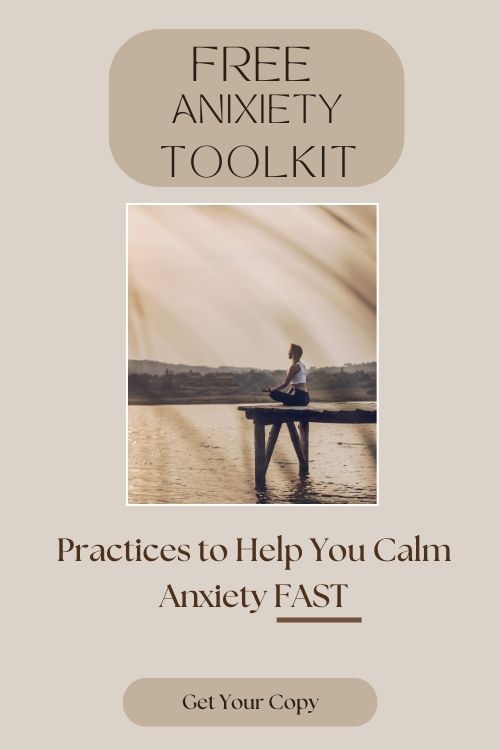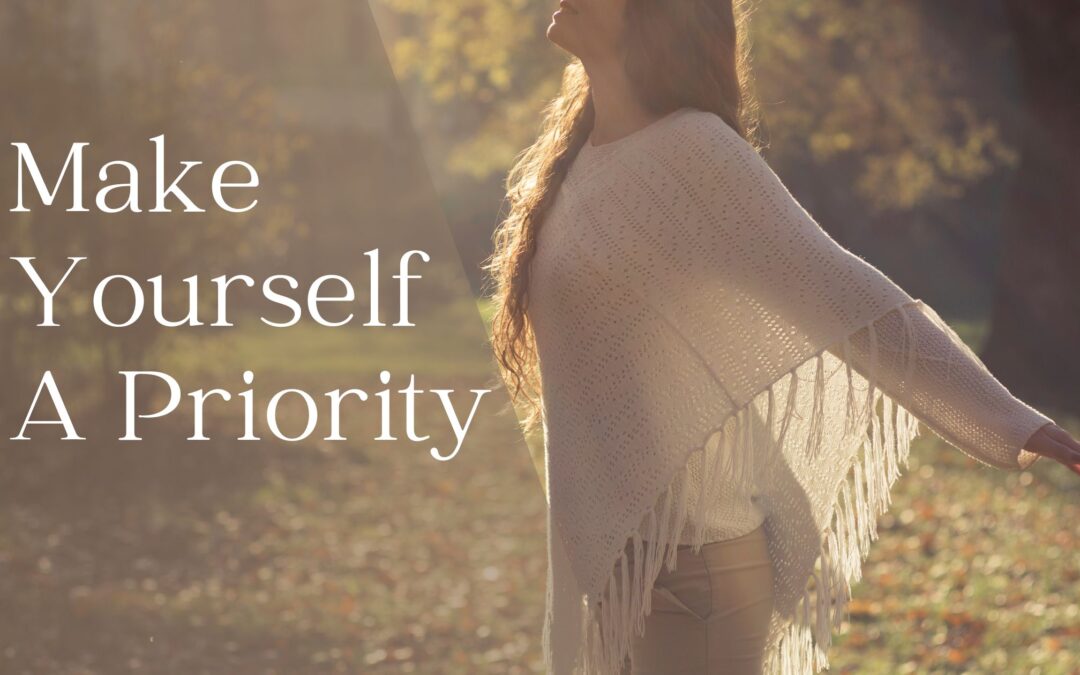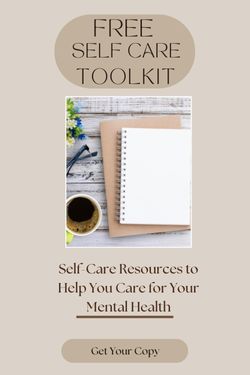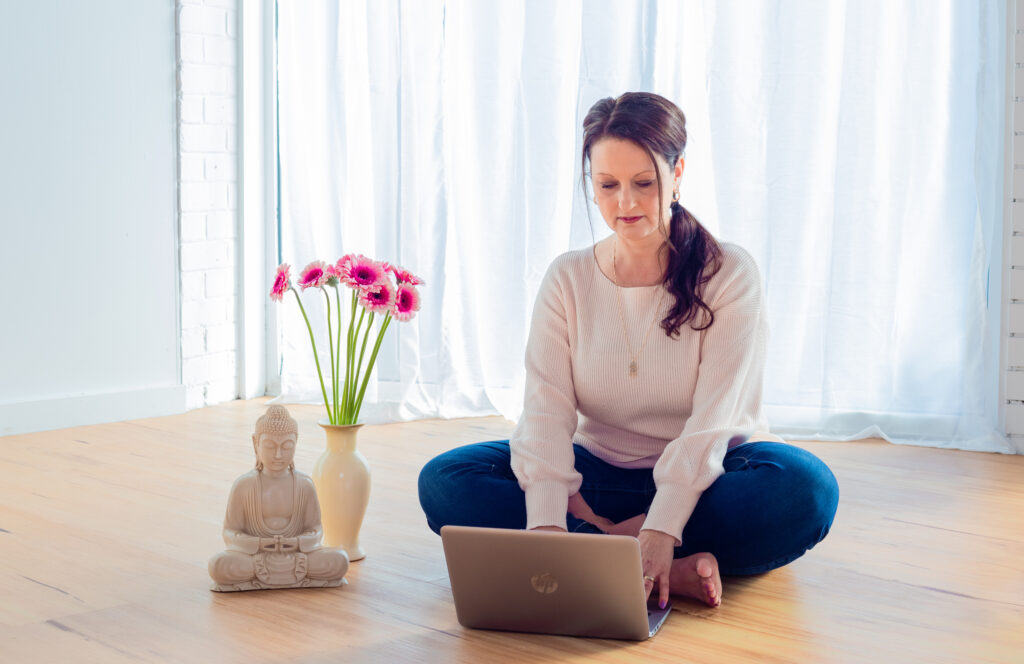
How To Teach Yourself To Feel Good Enough
Let’s begin with a question that may feel a bit uncomfortable, but it’s an important question to reflect on.
What is the story you tell yourself over and over again?
This can be a comforting question. If you really stop for a moment and listen and think about what you are saying to yourself.
That voice in your mind what it’s telling you.
The words you say to yourself have power. The reality is you are with yourselves 24/7, there is no hiding from what you say to yourself.
The stories that are on repeat in your mind shape your life and the way you view yourself.
Did you come up with an answer? What story do you tell yourself?
My guess is this story has a theme to it. Did you know that there is a common theme to most stories we tell ourselves?
Want to know what the story is?
The I’m not good enough story.
Does that sound familiar?
The words that you are saying to yourself often have a theme of not being good enough.
Did you know that this is the most common story most humans struggle with?
They believe they are not good enough. We look for confirmation in the outside world about how we are not good enough. We tell ourselves this story over and over again.
Now I could sit here and tell you something like: Believe in yourself and turn those words around to something positive and repeat to yourself that you are good enough. And you are good enough. But we all have something called our internal voice in our mind and our mind can be a tricky thing. The mind likes to protect us and thinks that it’s helpful. But sometimes the mind is unhelpful and can be downright mean.

Saying postive affiramtion that you don’t belive to turn that negative self-talk around may be helpful in the short term. But after a while, you start to fight against your mind and then you spiral back down to the same habit of repeating the… I’m not good enough story.
Let me give you some practical advice for the ‘I’m not good enough struggles.
Struggle 1: Question Your Efforts
We all have those times when we struggle with questioning ourselves
I’m I doing enough?
I’m I good enough?
Is what I’m doing enough?
Is this good enough?
The list goes on…
Even as I write this blog post my mind is asking if this is really good enough. It is looking to pick apart all the way it is not enough.
Your mind can be critical at times and you are so hard on yourselves.
The I’m not good enough story can be loud and disheartening.
Here is a practice to help when you find yourself criticizing your efforts.
- Think about some of the criticisms your mind tells you
- Pick one of the criticisms that you say to yourself a lot. (The one you have on repeat.)
- Now be present. Become aware of how it makes you feel when your mind gets caught up in criticizing you.
- Open up to the feelings and notice them. You may want to try some deep breathing.
- Then turn your focus on doing something that will make your life more meaningful. What is something that will add value to your life, that you can do right now and give your attention to?
I know it can painful but by opening up and being present to the feeling but once you become aware of the feeling showing up, you can start turning your focus on more meaningful things. Rather than getting caught up in the “I’m not good enough story”.
Struggle 2: Feeling You’re Not Doing Enough
Do you ever feel completely overwhelmed with always trying to fit more on your to-do list?
The more you try to do the more you question- “I’m I doing enough”?
Maybe you thought you’d be further ahead in life than you are right now, or maybe you have a list in the back of your mind of things you “should” be doing.
No matter what you do, it doesn’t seem to be enough.
Let’s explore that feeling of not doing enough.
Many of us judge ourselves for never doing enough. We ridicule our efforts as not being good enough. We have a long list of all the things we should be doing. Thinking if I just complete my do-to list, I will finally feel I’m good enough.
I know this feeling because I use to let myself get stuck in the mindset of “I have to do more to be enough”. Maybe you can relate.
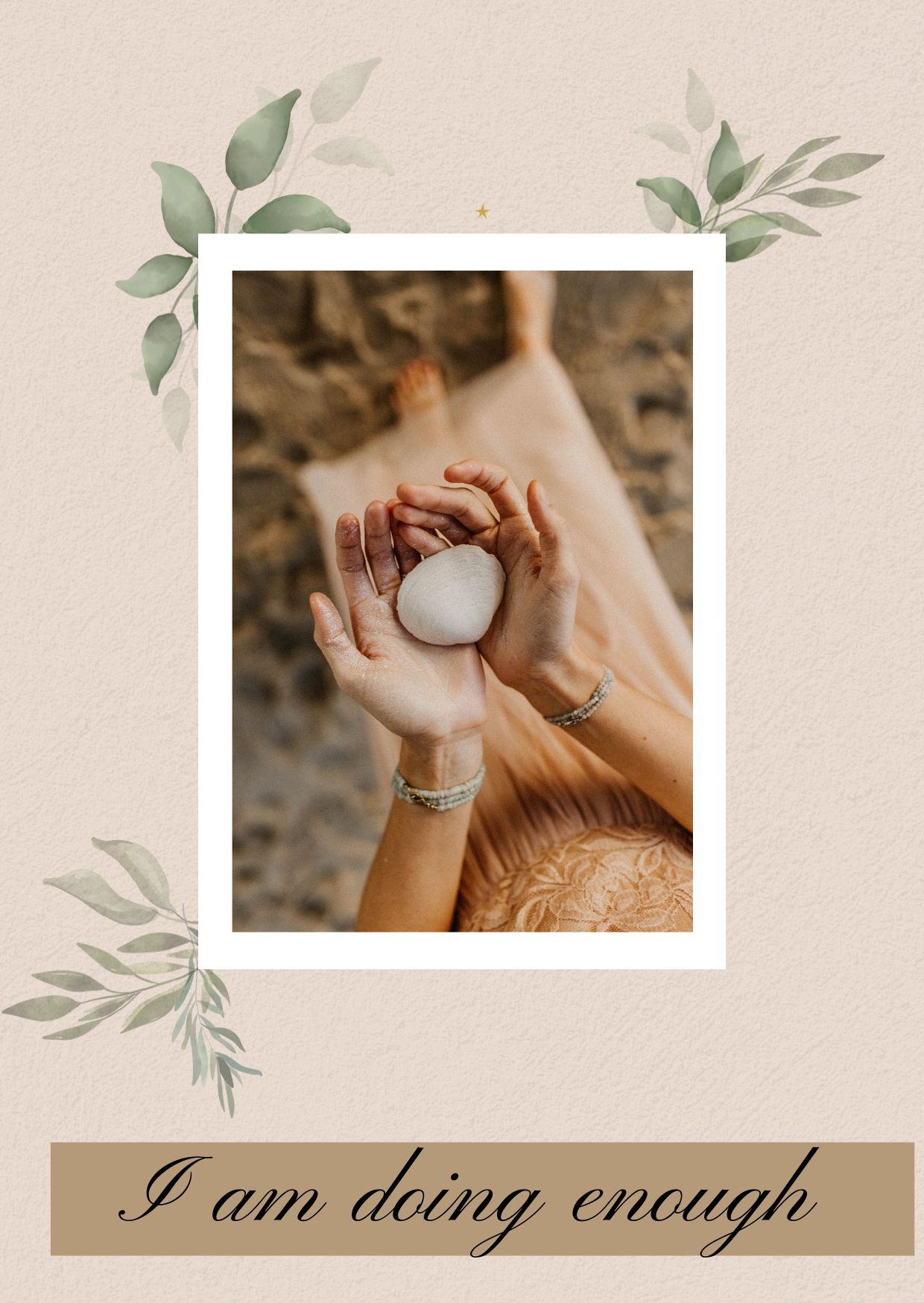
Are you always think you have to do more to be enough?
Maybe seeing other people’s successes might trigger this feeling of inadequacy.
Do you set unrealistic expectations for yourself and think that nothing you do is ever good enough?
Let’s turn this thinking around. Because the truth is no matter how hard you push yourself and create an endless to-do list. It not going to make you feel enough. Instead of trying to do it all, try celebrate yourself and the effort you are putting in to the things you are doing.
Here is a practice help if you find yourself trying to do more and more to be enough.
Answer these questions:
What have I achieved that I never thought possible?
How have I progressed and grown in the last year?
How can I celebrate my effects?
Take time to celebrate your progress, achievements and growth. Turn that self-judgement into a celebration of doing and being enough in this moment. Often we never stop to celebrate our effects and how far we have come. Our mind is ready to jump to the next thing. Again never feel fulfilled with the success we already achieved. So instead of adding more to your to-do list celebrate all that you are right now.
Now that you celebrate yourself even if it was just a little bit. What if the next thing I asked you was- Do you know you are enough as you are?
Now stop for a moment before you read on. When you read the above statement what is your first thought? Just observe your thoughts for a moment.
Was your first thought, yes I’m enough.
Or did you start to question I am, I enough as I am? Or did you say no I’m not enough
The truth is you are enough exactly as you are. Our first response is often to think about all the ways we think we are not enough.
Let me tell you right at this moment you are all that you are meant to be.
And being enough is not about being perfect or reaching some ideal Enough is being all that you are right now.
The mess parts of you
The broken parts of you
The imperfect parts of you
The changing and growing parts of you
The beautiful parts
The unique parts of you
Despite all this, You’re already enough.
Struggle 3 Recognising you are enough as you are
Who gets to decide what being enough is?
Have you stopped to think about, What is enough anyway? Are you measuring your enoughness with an unrealistic image of perfection?
I will let you in on a little secret – You get to decide what enough is!!!
Nobody else gets to decide what enough means to you. You can only decide for yourself.
It can be a constant internal battle to feel enough. With judge yourselves in so many ways as not being enough.
That voice in your head tells you: I’m not pretty, I’m not skinny, I’m smart, I’m not confident enough. The list goes on and on…..
But the reality is you hold all the power you get to decide what being enough is for yourself. No one outside of you can decide that for you. You are the only one that can decide what enough looks and feels like for you. You have a choice you can continue to strive for some unrealistic image of being good enough. Or you can get crystal clear in your own mind about what your version of being enough is.
Journal Practice for defining being enough
In your journal answer these questions to get clear about what enough means to you.
What does being enough feel like?
What does being enough look like?
Define what being enough means to you?
Being enough is a working progress. Your mind will look for ways to tell you are not enough. Unfortunately, this is what the mind does. But you know have something very powerful and that’s awareness. The first step to change is being aware of the thoughts and feelings that are coming up for you. Be aware of what enough means to you. Shut off the loud voice of the outside world.
“You are enough exactly as you are”
Celebrate yourself instead of judging yourself. Because we all have those messy broken and imperfect parts to us. And you know what that’s ok because you’re working a progress and every day you growing learning and doing the best you can. And that is enough.
Resources
Recommended book: Cassie Mendoza- Jones “You Are Enough” Click Here
Free Meditation You Are Enough Guided Meditation Click Here
Learn more about how Hypnotherapy can support you with your self-esteem Click here
